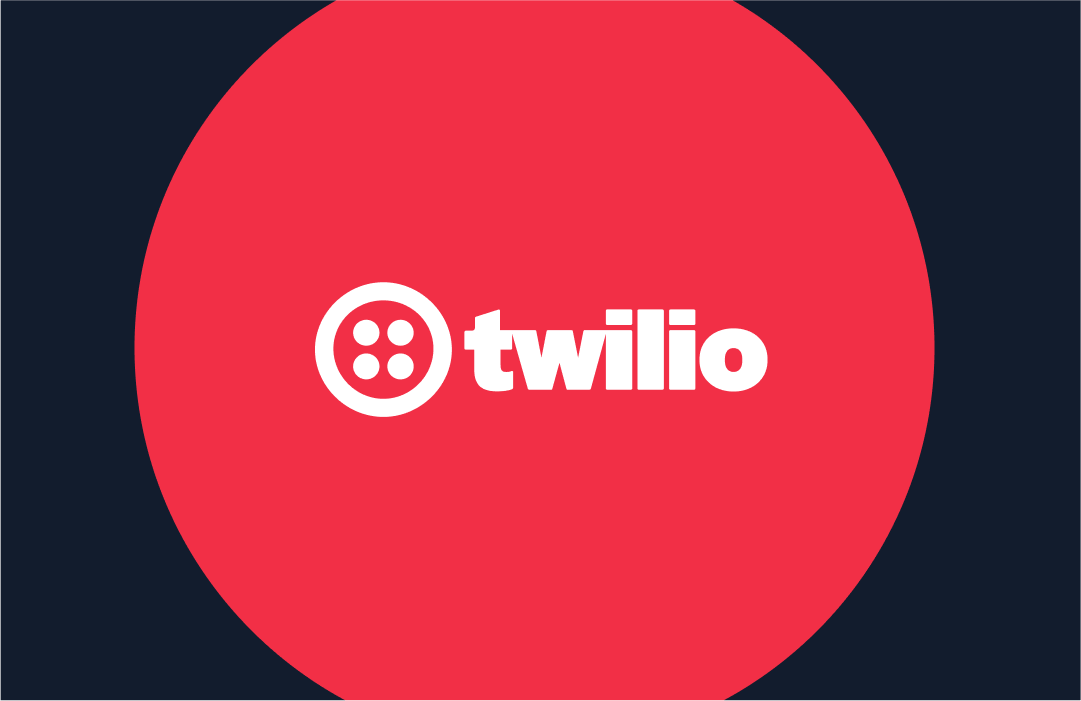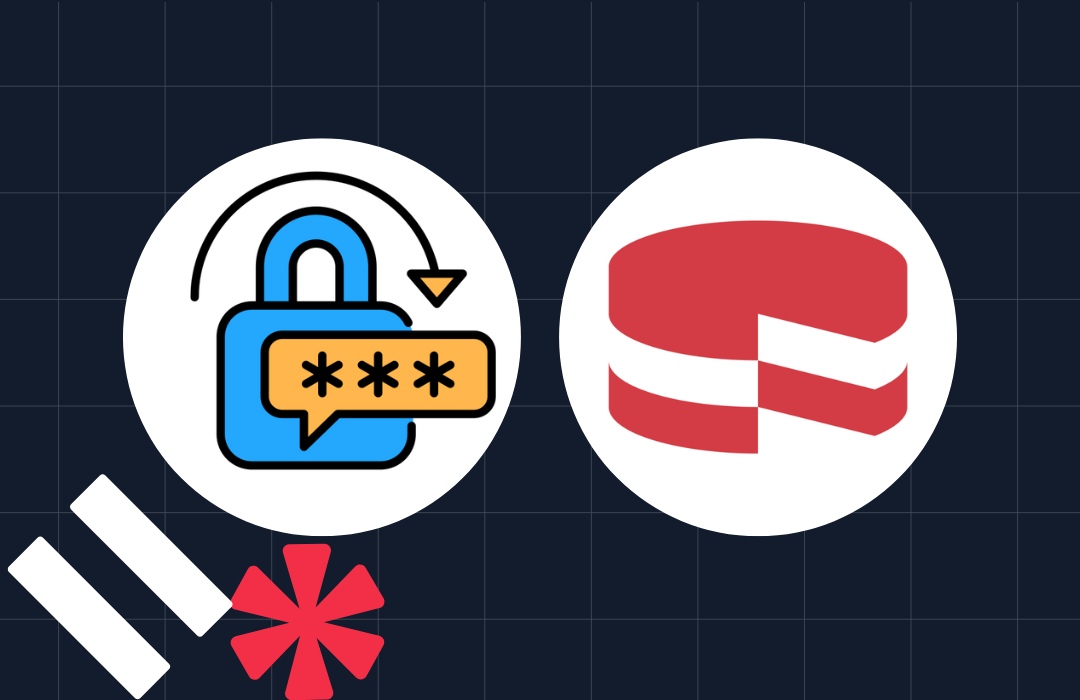Improving Your Chances of Toll-Free Verification Approval
Time to read:
Improving Your Chances of Toll-Free Verification Approval
What is Toll-Free Verification (TFV)?
Toll-free numbers are 10-digit phone numbers (think 800 numbers like 877-234-5618). These easy-to-remember phone numbers can be registered to a brand and used to send text messages. A Toll-free number can be used as a single channel of communication for your brand across SMS and voice.
This post is relevant for you if you already have a Toll-Free Phone Number (TFN) in your account and want to start using it. If you do not have one yet, click here to buy a number in the Console. Select ‘Advance Search’ to filter for available Toll-Free numbers.
To be able to send messages from your TFN, you will first have to verify it. As of January 31, 2024, messages sent from any unverified (Restricted or Pending) TFN are blocked in the US and Canada. Only fully verified TFNs are eligible to send messages. This is an industry standard and carrier requirement.
For TFV we collect 3 types of information: your business details, your business use case and opt-in requirements (i.e. how customer consent to receive messages from your business is collected).
Best Practices for a TFV application
TFV applications often get rejected due to common errors. We discuss these errors and best practices so your TFV process is smooth! To start your TFV application within the Console, click here.
1. Ensure Business Information is Accurate and Verifiable
Rejections occur when we receive business details that are incomplete, incorrect, or unverifiable. To avoid this:
- Ensure your business name, website, and email domain match and are publicly accessible.
- Use an official business email rather than a freemail account (e.g., use yourcompany.com instead of gmail.com).
- Make sure the submitted business details align with your legal business name. Some companies may have a legal entity name such as “Company Name LLC” as well as a different public name known by the customers. The latter is referred to as the Doing Business As or DBA. If this applies to your case, please include both names in the request (include DBA & legal name in the same legal name field). If the DBA name is too long to fit, you can add it to the Additional information field at the end of the request.
2. Ensure that your company’s online presence can be validated
Another common rejection reason is because we are unable to validate the business URL provided in the application. This happens when:
- The website has no content or is under development.
- The site is private, password-protected, or otherwise inaccessible.
- The URL is misspelled or does not match the business name.
If your company’s website is publicly unavailable or under construction, you can share publicly available social media pages (e.g., LinkedIn) for your business.
3. Specify Your Use Case Clearly
Clearly defining your use case is critical for TFV approval. The more detailed information you provide for the use case/ summary the better. Most commonly, TFV requests are rejected because the use case description is vague or incomplete.
- A good example of use case is “This number will be used to send out promotional offers and coupons to the customers of [Company Name]”. Or “This number will be used to send out order confirmation and delivery information to the customers or [Company Name]”
- A bad example is “Marketing” or “Status”
Please note that some use cases such as communications related to multi-level marketing, illegal substances, debt collection, etc. are prohibited by carriers and will be automatically rejected.
4. Provide Opt-In Consent with Clear Documentation
Opt-in consent is required for TFV to ensure recipients have explicitly agreed to receive messages from your business.
You can meet the Opt-in requirements for your TFN through verbal, web/online, paper, mobile QR code, and text-based consent. To see more details, please click on the method that your company will use to obtain customer consent for your use case.
- Web/Online Opt-in must be a standalone consent form present on your website / app (e.g., please check this box to opt-in for promotional messages from [Company Name]).
- Verbal Opt-in requires a detailed script showing how consent was collected.
- Paper Opt-in should be a signed document clearly indicating consent for messaging (e.g. Please sign here to opt-in to receive promotional messages from [Company Name])
- Mobile QR opt-in should lead to a web form to opt-in with a phone number OR to a templated message in the user’s messaging app seeking opt-in consent
- Text-based opt-in consent should provide keyword campaign information (e.g. Text ‘Subscribe’ to 12345 to receive updates)
1. Web/Online opt-in
Some things to consider when using a web/online opt-in:
- Provide URLs or images of the opt-in request from your website/ application. You can take a screenshot of the webpage showing how you ask for user consent.
- Online opt-in can be a form on your company’s website that prompts end-users to enter their mobile handset phone number and opt into the texting campaign (as shown in the example below).
- Checkbox should not be preselected and should be selectable by the end-user if they decide to opt in.
Example of web/online opt-in (Build your own web Opt-In template here)


2. Verbal opt-in
Some things to keep in mind when using a verbal opt-in:
- If you choose VERBAL, you must provide the sample verbal consent collection. Please copy paste the script in the OptInImageURLs document.
- Verbal consents are not sufficient for Marketing use cases. For Marketing use-cases, “written” consent is required. Requiring a customer to select a checkbox on a website or providing signatures or opting in via text is adequate.
3. Paper opt-in
Some things to consider when using paper opt-in:
- If you choose PAPER_FORM, you must provide the form in the OptInImageURLs document
4. Mobile QR opt-in
Some things to consider when using paper opt-in:
- If you choose MOBILE_QR_CODE, you must provide the QR Code in the OptInImageURLs document.
- Please include a brief explanation of how the end users will get to know where the QR is located. This could be, for example, mentioning that the end users will find the QR in a banner placed in the cashier when paying for a product, in a social media advertisement, etc. This information has to be included in the "Opt in Workflow Description" field in the TFN request
Example of Mobile QR opt-in


5. Text-based opt-in
Some things to consider when using text-based opt-in:
- If you choose VIA_TEXT, you must provide the keyword campaign information (e.g. text ‘Subscribe’ as stated in the above example) in the OptInImageURLs document
- Please include a brief explanation of how the end users will get to know where the keyword is located. This could be, for example, mentioning that the end users will find the keyword in a banner placed in the cashier when paying for a product, in a social media advertisement, etc. This information must be included in the "Opt in Workflow Description" field in the TFN request.
Example of text-based opt-in


Other useful documentation:
- For guidance on every requirement related to Toll Free Verification, read this document on Required Information for Toll-Free Verification
- Detailed guidance on receiving your own Toll-Free Number through Twilio can be found in the Toll-Free Verification API Onboarding Guide
Related Posts
Related Resources
Twilio Docs
From APIs to SDKs to sample apps
API reference documentation, SDKs, helper libraries, quickstarts, and tutorials for your language and platform.
Resource Center
The latest ebooks, industry reports, and webinars
Learn from customer engagement experts to improve your own communication.
Ahoy
Twilio's developer community hub
Best practices, code samples, and inspiration to build communications and digital engagement experiences.


